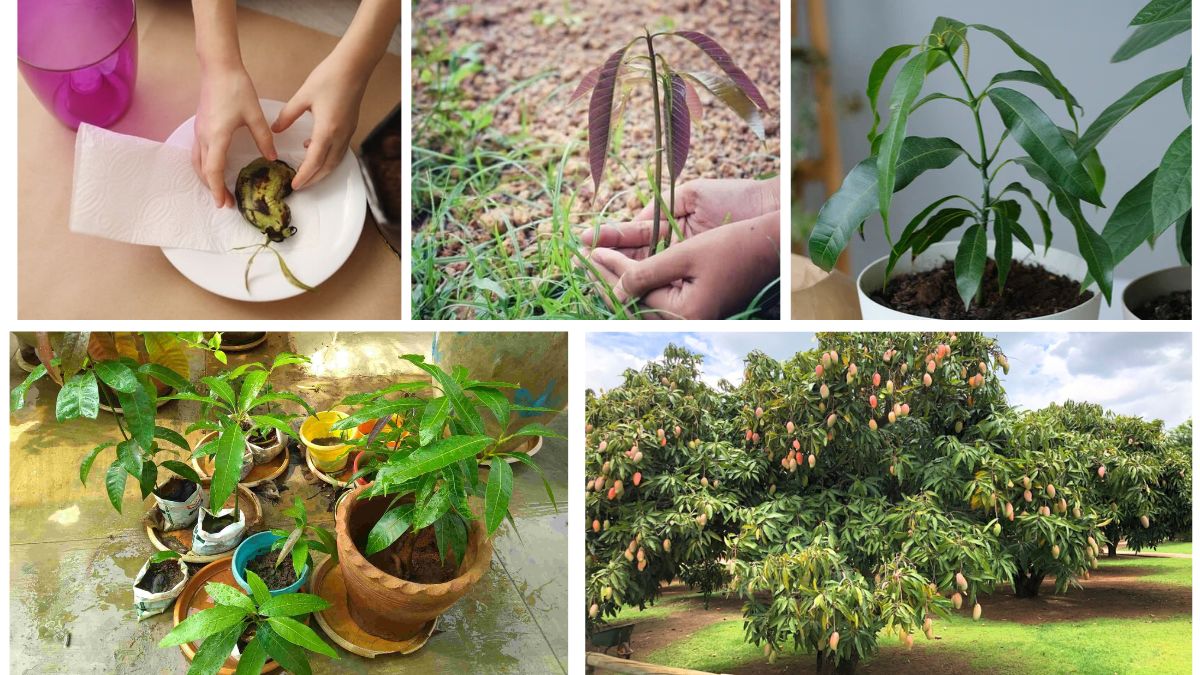Mango, often called the “king of fruits”, is loved worldwide for its sweet taste, tropical aroma, and juicy texture. While most people enjoy mangoes only in their fruiting season, did you know you can actually grow your very own mango tree at home from just a seed? It’s a rewarding and sustainable way to enjoy fresh mangoes in the future while also adding a lush, green tropical vibe to your garden or backyard.
Growing mango trees from seeds may take patience, but it is simple if you follow the right steps. Let’s dive into a step-by-step guide on how you can successfully grow mango trees from seeds at home.
Step 1: Choose the Right Mango Variety
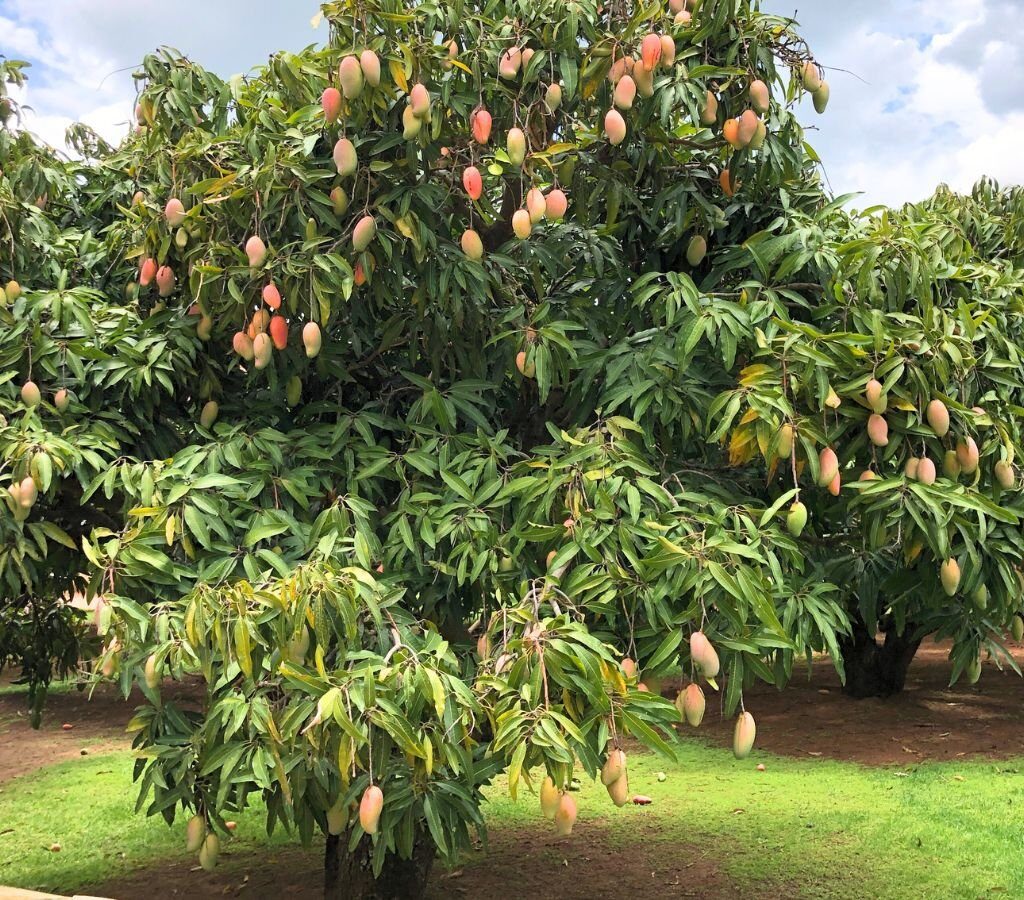
Not all mango varieties are suitable for home gardening. Some grow into very large trees that may not fit in smaller spaces. For home gardens or pots, it’s best to choose dwarf or semi-dwarf mango varieties such as:
- Alphonso
- Palmer
- Keitt
- Glenn
If you’re growing directly from seeds of store-bought mangoes, try to pick local varieties that are well-adapted to your climate.
Step 2: Prepare the Seed
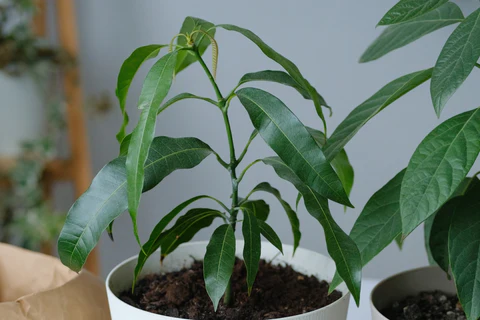
After enjoying your mango fruit, don’t throw away the seed! Here’s how to prepare it for planting:
- Clean the seed: Rinse the seed thoroughly to remove all fruit pulp.
- Open the husk: Mango seeds are encased in a hard shell. Use a knife carefully to split it open and expose the inner seed kernel.
- Inspect the seed: Make sure it is healthy and free from any mold or damage.
Step 3: Germinate the Seed
There are two popular methods for germinating mango seeds:
Method 1: Paper Towel Method
- Wrap the seed in a damp paper towel.
- Place it inside a plastic bag to keep moisture in.
- Store it in a warm, dark place for about 1–2 weeks.
- Once you see sprouts, it’s ready to plant.
Method 2: Direct Soil Method
- Fill a pot with well-draining soil.
- Place the seed on its side, about 1–2 inches deep in the soil.
- Water lightly and keep the pot in a warm, sunny location.
Step 4: Transplanting the Seedling
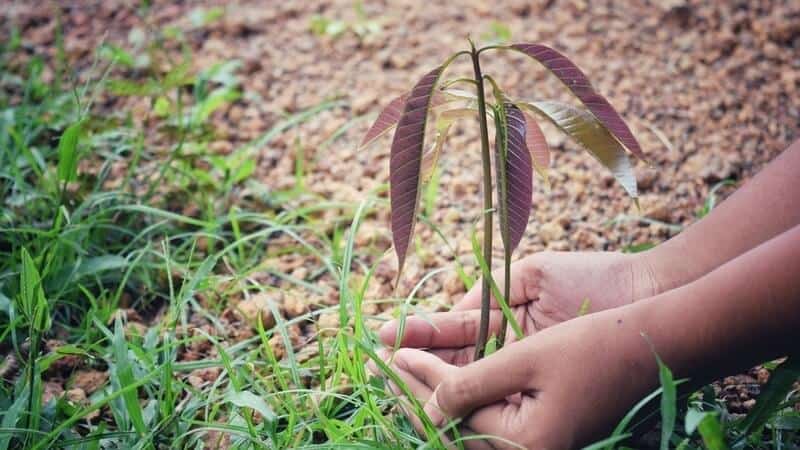
Once your seed starts to sprout, it’s time to give it a more permanent home:
- Potting: If you’re growing indoors, use a pot at least 12–15 inches deep with good drainage holes.
- Garden planting: If outdoors, choose a sunny spot with loose, well-draining soil. Mangoes thrive in loamy or sandy soils.
Plant the seedling upright and cover the roots well with soil.
Step 5: Watering and Sunlight Needs
Mango trees love sun and warmth, so make sure they get at least 6–8 hours of direct sunlight daily.
- Watering: Water the plant regularly, but avoid overwatering. Mango trees dislike soggy soil. Let the top inch of soil dry before watering again.
- During the first few weeks, keep the soil slightly moist for healthy root development.
Step 6: Fertilizing Your Mango Plant
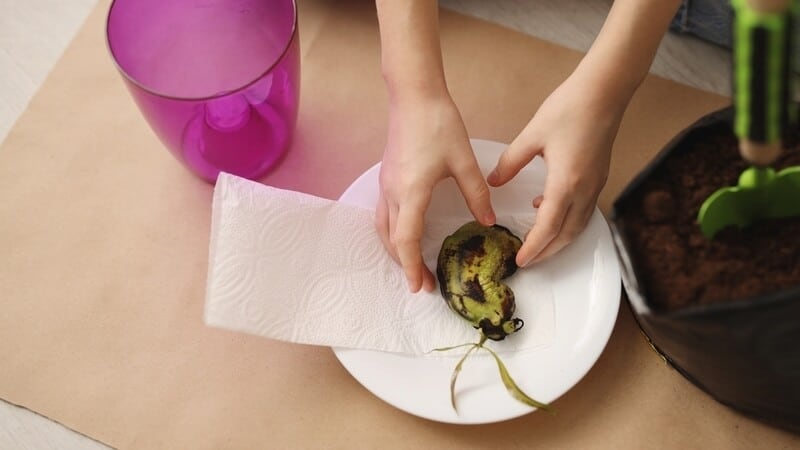
To encourage healthy growth, feed your mango tree with balanced fertilizer:
- Use a nitrogen-rich fertilizer during the first year to promote leafy growth.
- As the tree matures, switch to a fertilizer with more phosphorus and potassium to support flowering and fruiting.
- Organic options like compost, banana peels, or fish emulsion also work well.
Step 7: Pruning for Better Growth
Pruning helps shape your mango tree and ensures strong growth:
- Remove dead or weak branches.
- Trim excess shoots to allow sunlight to penetrate through the canopy.
- For container mango plants, pruning helps keep the size manageable.
Step 8: Patience and Fruit Production
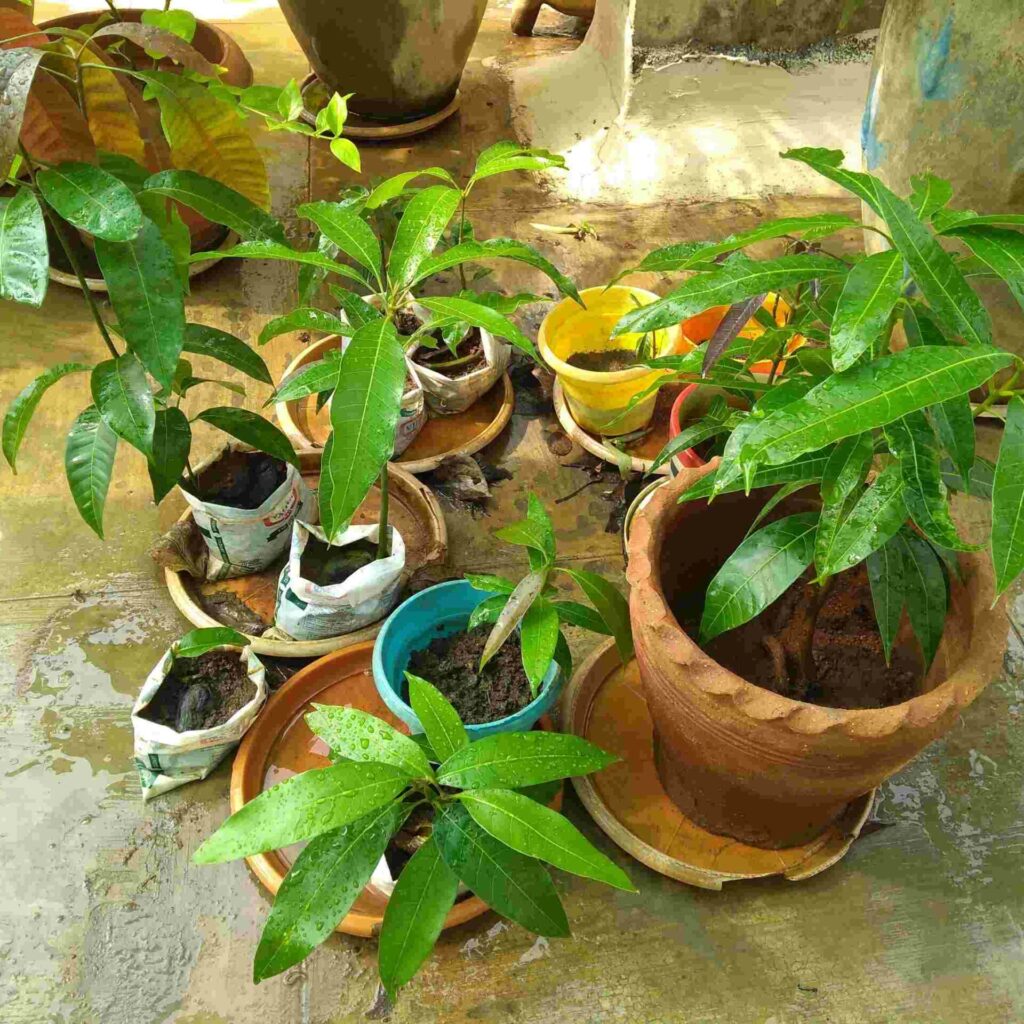
Mango trees grown from seeds may take 5–8 years to produce fruit, depending on the variety and care. Some grafted varieties bear fruit earlier, in about 2–3 years.
Be patient—once your tree matures, you’ll enjoy baskets of fresh, juicy mangoes year after year.
Step 9: Common Problems and Solutions
- Yellowing leaves: Could indicate overwatering or nutrient deficiency. Adjust watering and feed fertilizer.
- Pests (aphids, mealybugs): Spray neem oil or soapy water as a natural remedy.
- Poor fruiting: Ensure your tree gets enough sunlight and apply phosphorus-rich fertilizer before flowering.
Benefits of Growing Mango Trees at Home
- Fresh fruits: Nothing beats the taste of homegrown mangoes.
- Cost-effective: Saves money on buying expensive mangoes during the season.
- Eco-friendly: Reduces waste by using seeds that would otherwise be discarded.
- Aesthetic value: A mango tree adds greenery and shade to your garden.
Final Thoughts
Growing mango trees from seeds at home is a fulfilling journey. It requires patience, care, and consistency, but the reward is worth it—a healthy mango tree providing shade, greenery, and delicious fruits for your family.
If you’re a beginner gardener, this process also teaches you valuable lessons in plant care and sustainability. Start with a seed today, nurture it with love, and in a few years, you’ll enjoy the sweet success of your own mango harvest.
